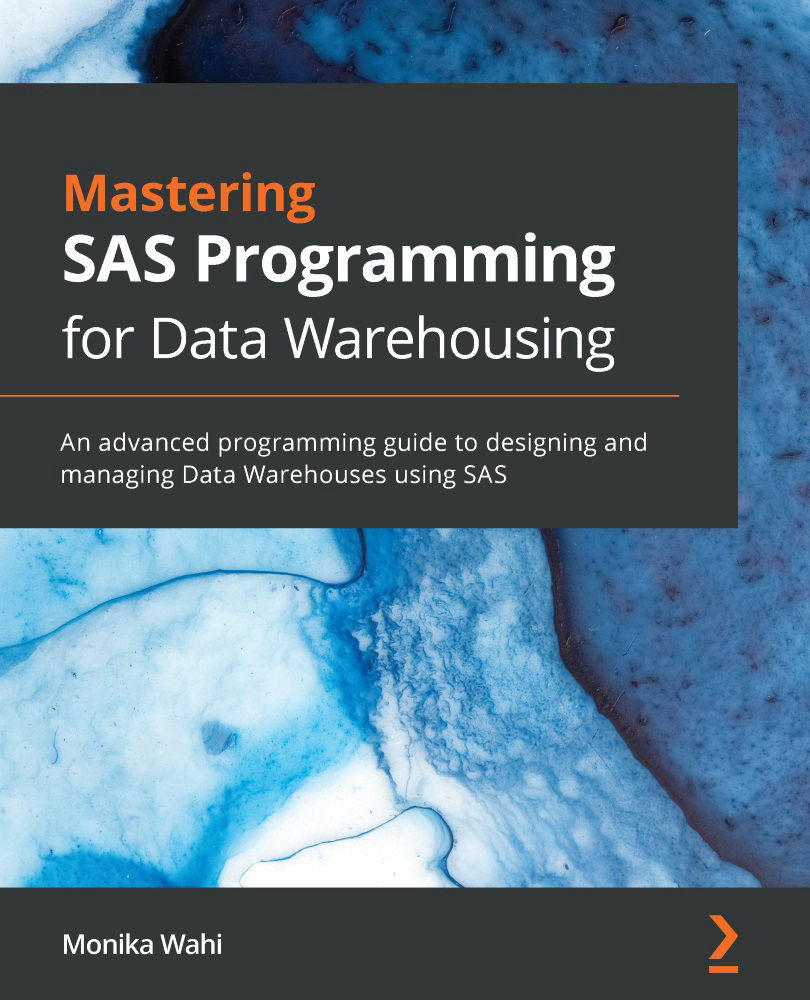Chapter 3
The
PROC CONTENTSoption for this isVARNUM.These are criteria for when using SAS operators, meaning greater than or equal to 10, and less than or equal to 20.
A programmer may want to attach a user-defined format to a categorical variable with five levels coded 1, 2, 3, 4, and 5 in order to decode each level. That way, if the variable is used in processing, its levels do not display as a code but instead display as a text string, describing what the code means.
The main reason could be that the data is being displayed in an application other than SAS, and therefore, that application could not use SAS labels and formats. However, even in a SAS warehouse, another reason could be that the overhead in maintaining labels and formats is higher than maintaining such metadata another way, so the leaders have chosen to use alternatives.
The programmer can choose whichever way they want to view data. If they have SAS experience, they may choose
PROC PRINT, but...


































































